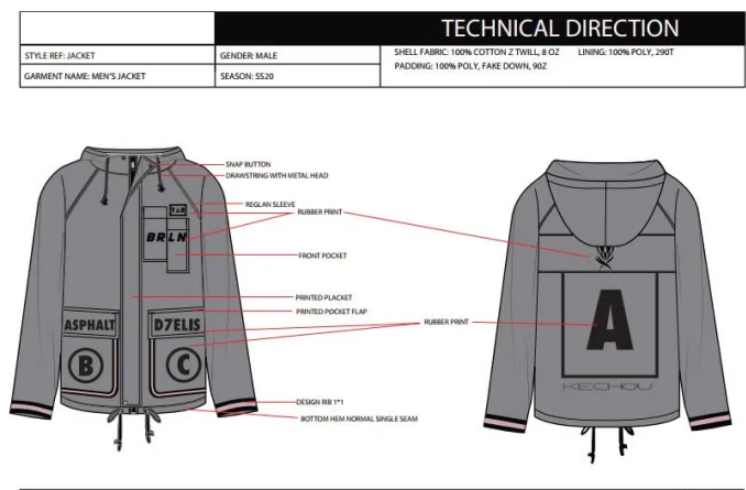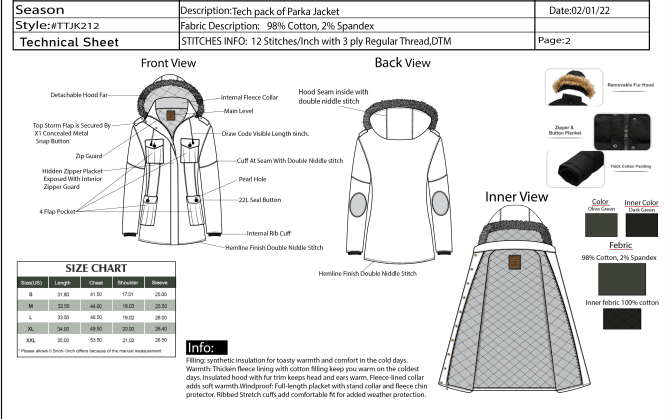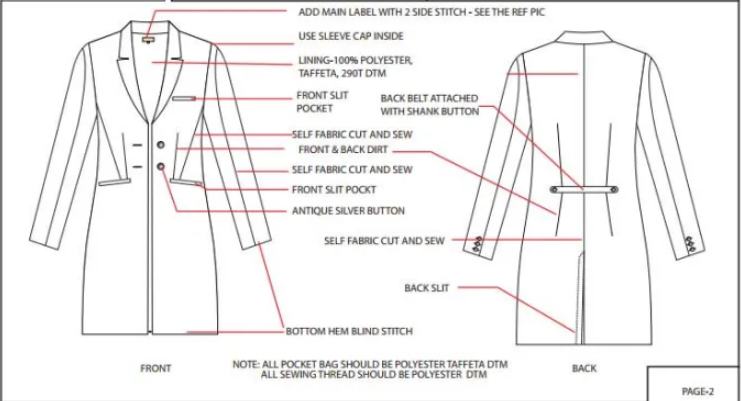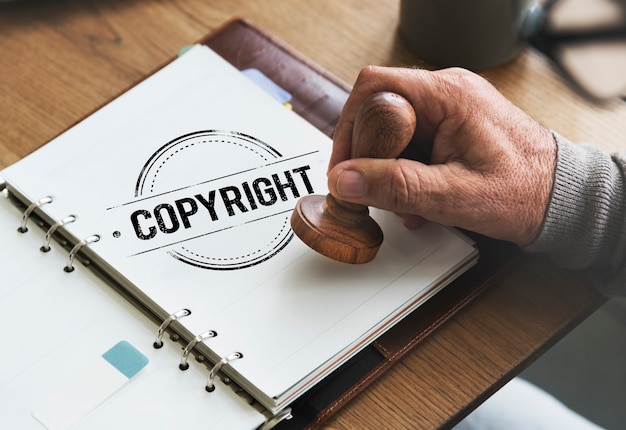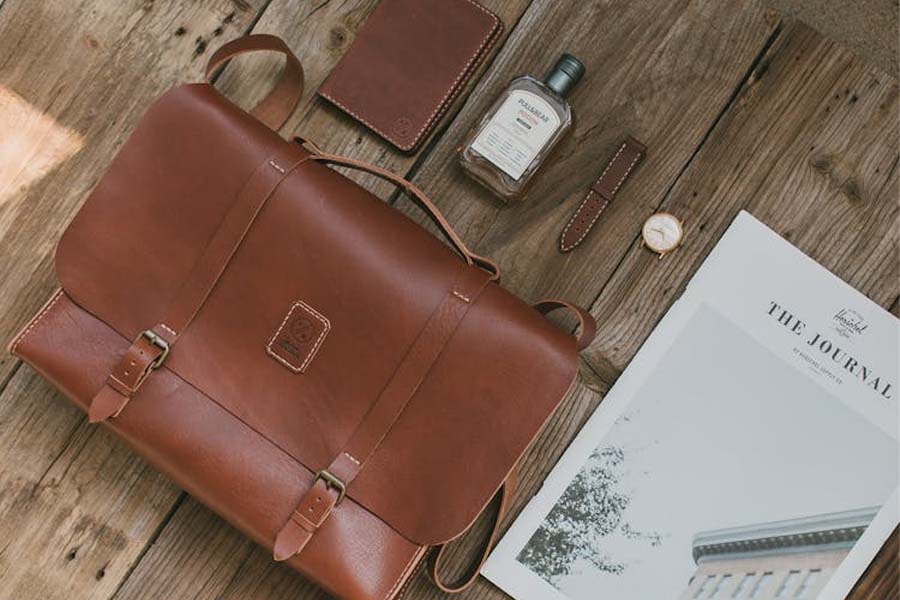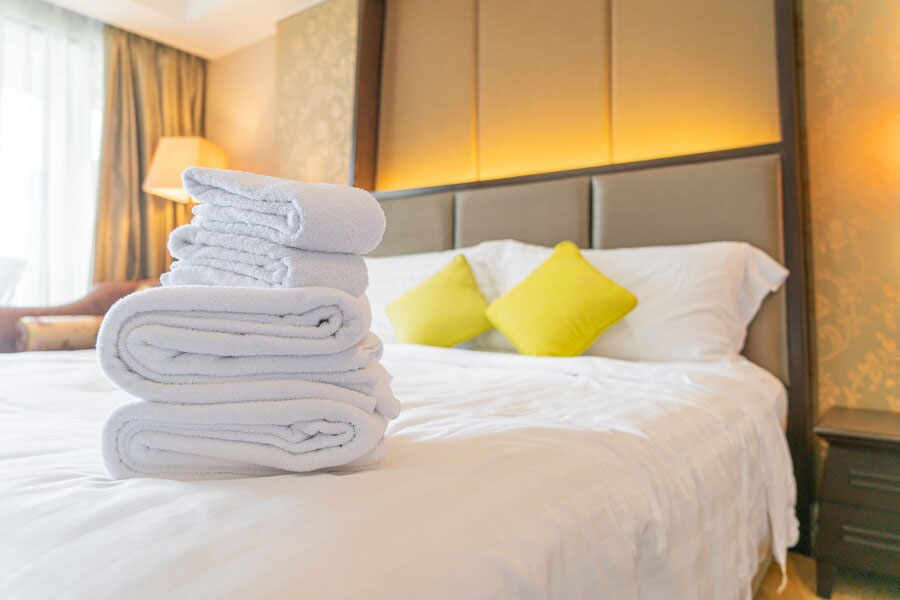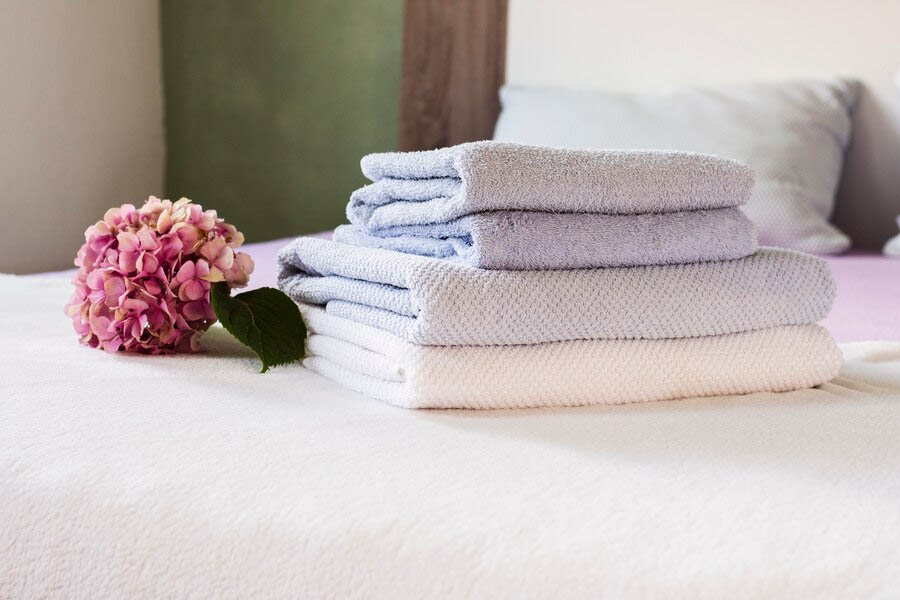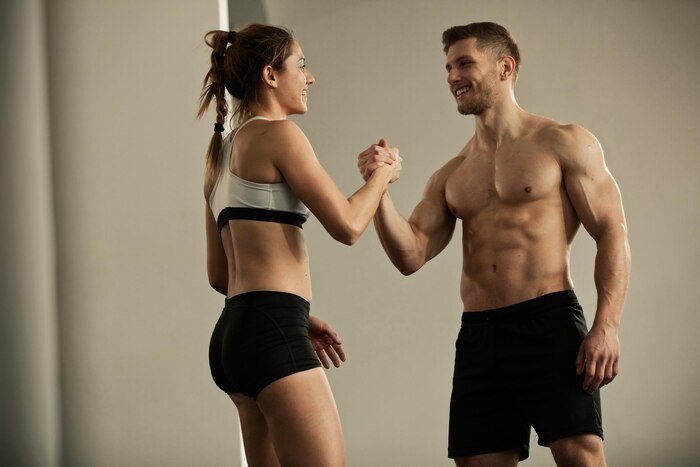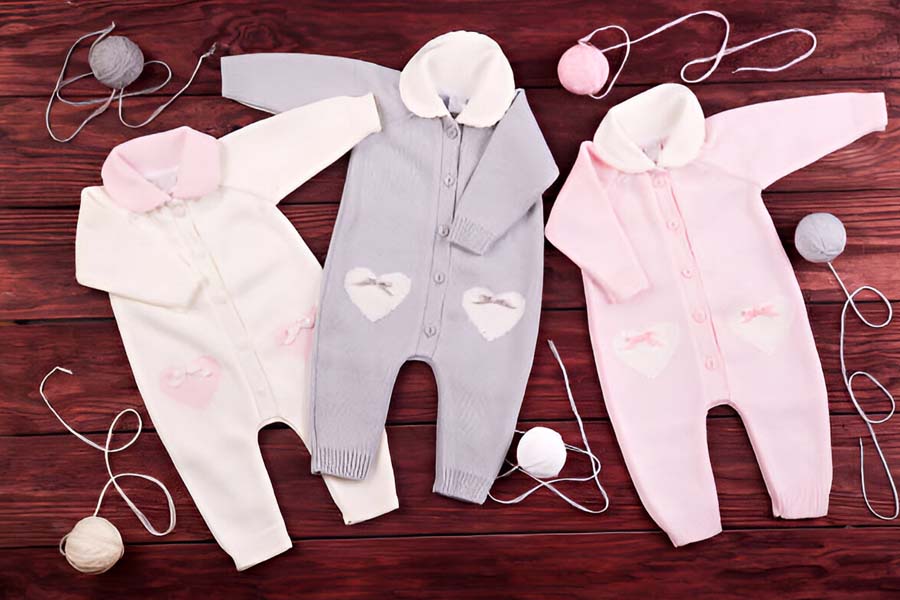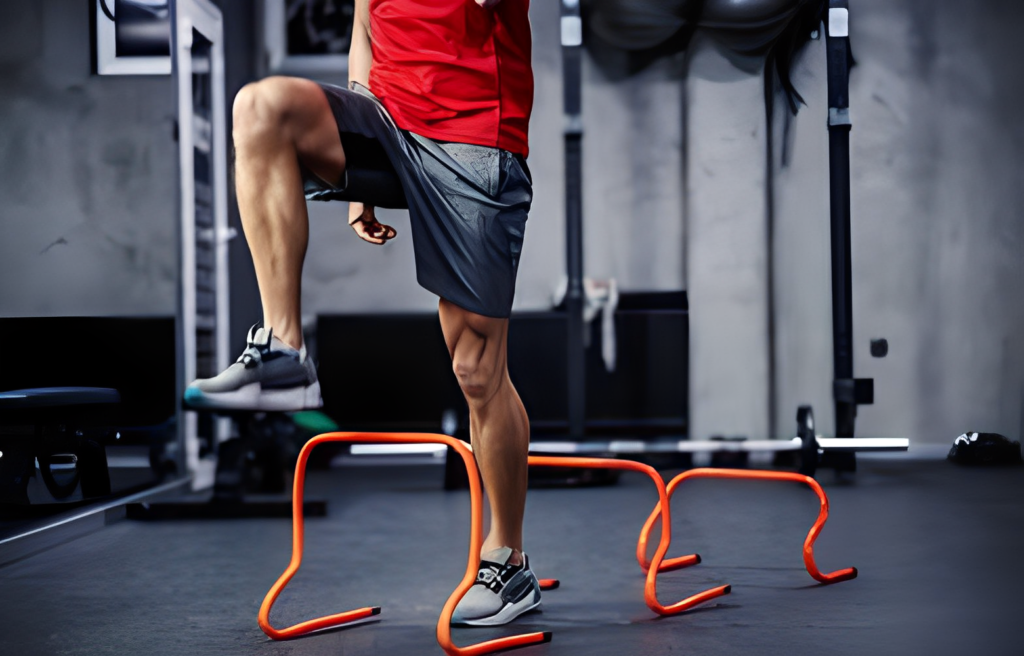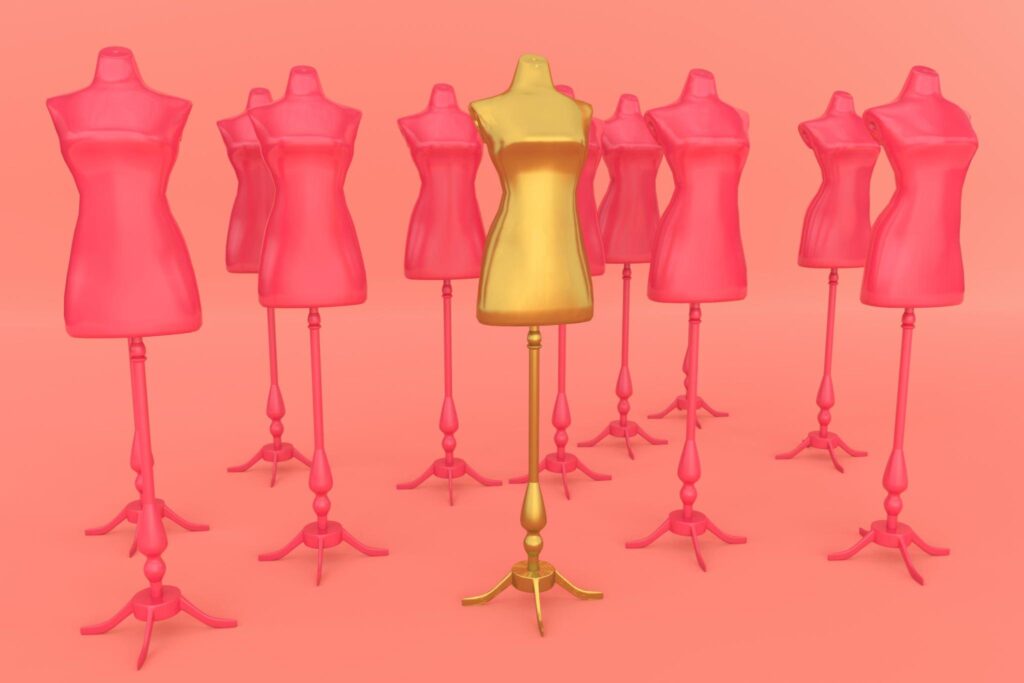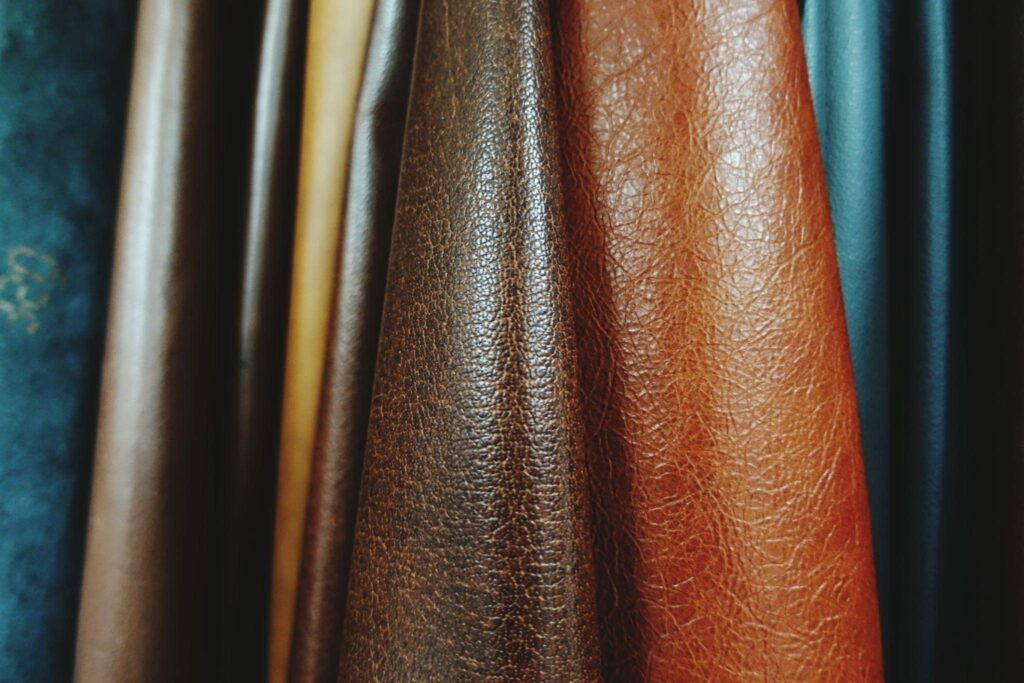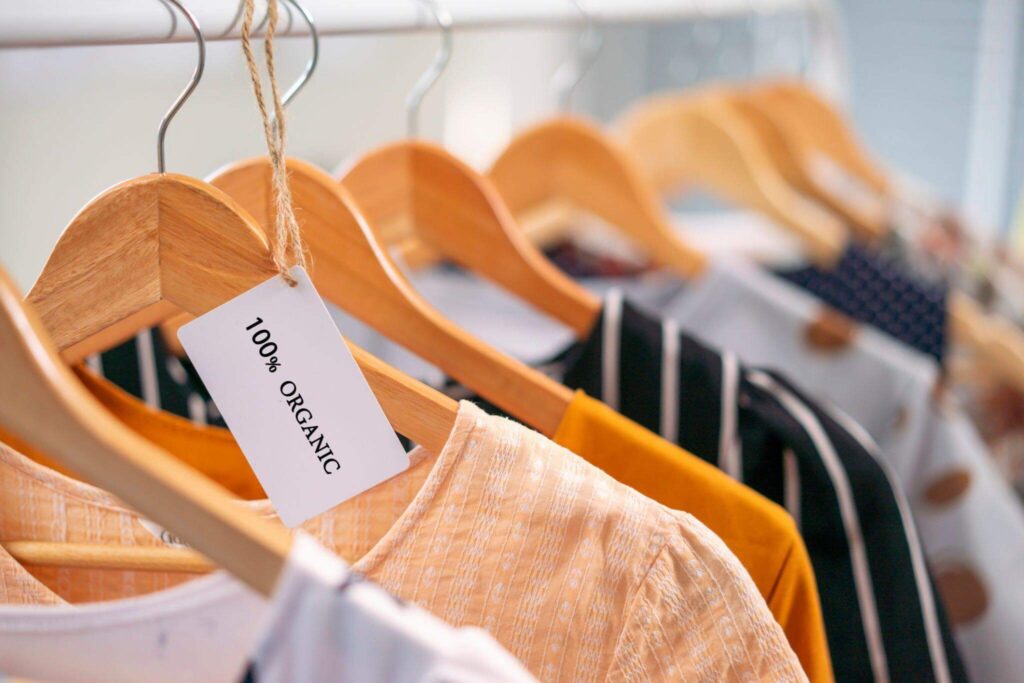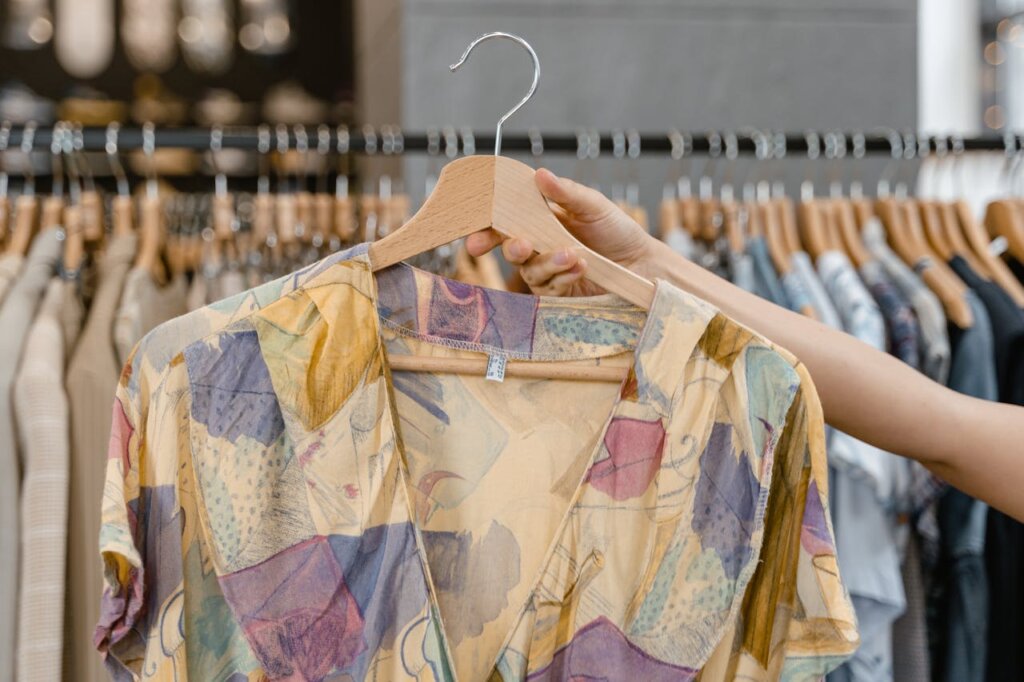
In today’s globalized world, an increasing number of clothing brands and businesses are turning to overseas clothing manufacturers to produce their garments. While working with overseas clothing manufacturers can have its benefits, it also has its drawbacks.
In this article, we will explore how to find a reliable clothing manufacturer overseas, the advantages and disadvantages of partnering with them, as well as some important factors to consider before choosing the right manufacturer for your business.
Overseas Clothing Manufacturer Overview
Overseas clothing manufacturers are companies that specialize in the production of clothing and apparel outside of the country where the brand is headquartered. They offer a range of services, including fabric sourcing, sample creation, and final production of garments.
General Perception
Overseas clothing production has long been a contentious issue, often associated with negative implications. Although consumers can enjoy lower prices thanks to the low production costs, they are at the same time increasingly aware of potential impacts on workers’ rights and environmental sustainability.
Ethical standard is not the only “concern” among the general public. People are also worried about the quality of the finished garment from the so-called “sweatshop,” and they generally believed that oversea manufacturer simply copy designs from established brands and re-sell them at a much lower price point.
The Reality
The reality of overseas garment production is multifaceted, and it is crucial to acknowledge that every industry and country is different. While some countries have lax regulations when it comes to protecting labor rights, others have put in place stringent measures to ensure that workers’ rights are respected.
In fact, many overseas clothing manufacturers are now loaded with highly skilled talents and use advanced equipment to produce high-quality garments. Furthermore, many manufacturers work closely with their clients to ensure that their designs are unique and meet their specific needs.
Popular Countries With Mature Clothing Manufacturing Capability
The popularity of countries for clothing manufacturing has shifted over time, with different regions becoming more or less attractive to businesses depending on economic and political factors. Nowadays, most clothing manufacturing is taken place in Asian countries, while some South American countries also have the capability to produce quality clothing.
Here are some of the popular choices available for fashion business owners looking for clothing manufacturers overseas.
- Chinese clothing manufacturing: China is simply one of the world’s largest producers of garments, with a highly developed industry and advanced manufacturing technology.
- Bangladesh clothing manufacturers: Another significant player in the global clothing manufacturing market, known for its competitive prices and skilled workforce.
- India: Renowned for its expertise in textiles and traditional craftsmanship, India boasts a strong clothing manufacturing sector.
- Vietnam clothing manufacturers: Vietnam has emerged as a powerhouse in clothing manufacturing, steadily growing its industry and becoming increasingly competitive in recent years.
Advantages of Manufacturing Clothing Overseas
Lower overall expenses
Overseas manufacturing reduces expenses by leveraging economies of scale and efficient supply chain management. Manufacturing clothes overseas is simply a cheaper option compared to local production, where the lower production cost is always the crucial consideration for most businesses.
Larger production capacity
Overseas garment manufacturers often offer larger production capacities and greater flexibility. This enables clothing businesses to scale up, place higher volume orders, and maintain a competitive edge without compromising quality.
Location-specialized production techniques, materials, and expertise
Different regions offer unique techniques, materials, and expertise. Leveraging these specializations, overseas clothing manufacturers can create a wider variety of products, allowing clothing brands to deliver more differentiated products and potentially gain a competitive advantage.
Business development potential
Manufacturing clothing overseas allows businesses and brands to open up new markets and potential business opportunities, as well as increase customer base and brand recognition. It also enables the exploration of new market segments and product lines that were previously unattainable.
Challenges of Working With Clothing Manufacturers Overseas
Longer shipping time
When your clothing manufacturers are located overseas, it can take a longer time for the products to be shipped due to the distance. This can pose difficulties for companies dealing with time-sensitive orders or seasonal products, as they may not be able to receive the products in a timely manner.
Quality control
The biggest challenge in overseas clothing manufacturing is the potential lack of quality control over the entire supply chain. It can be difficult to ensure that the production of a garment is adhering to your quality standards across the ocean. This can lead to inconsistencies in materials and production processes that can ultimately impact the final product.
Communication
Effective communication is crucial in any business relationship, and it becomes even more important when working with overseas clothing manufacturers. Language and cultural barriers can create significant challenges and lead to misunderstandings that can have impacts on both the products and business relationships.
Facility inspection
Facility inspection is an important aspect of the clothing production process. Clothing brands perform facility inspections to verify that the factory has the capability to manufacture orders and to ensure that the production process meets necessary quality standards
However, due to location, travel restrictions, or other logistical challenges, it may not always be possible for the brand or its representatives to physically visit the facility when working with manufacturers overseas.
Ethical considerations
When it comes to clothing manufacturing overseas, ethical considerations cannot be ignored. The treatment of workers, including working conditions and wages, is a crucial aspect of ethical manufacturing.
However, ensuring that workers are treated fairly and that the facility meets safety and environmental standards can be a challenge when working with overseas clothing manufacturers. This is particularly true when dealing with manufacturers in countries with bad labor laws and regulations.
Where Should You Look For When You Need A Relibale Clothing Manufacturer Overseas?
Connections
Utilize industry contacts for recommendations. Network at trade shows or engage with industry associations to find reliable overseas clothing manufacturers and sample makers. Referrals from trusted sources save time and ensure peace of mind.
Search Engines
Use search engine tools such as Google, Yahoo, and Bing to find manufacturers in your target country. Read online reviews, check credentials, and evaluate their website to assess their expertise and experience.
Social Media
Platforms like Facebook, Instagram, and LinkedIn commonly showcase manufacturers’ products and services. Be sure to examine followers, likes, and comments to gauge engagement and reputation.
Online Directories
Browse directories listing overseas clothing manufacturers, but always remember to verify the legitimacy of listings and conduct thorough research before engaging in the order-placing and manufacturing process.
Evaluating Your Choices of Overseas Clothing Manufacturer
Selecting the right overseas clothing manufacturer is crucial to ensure quality products, meet deadlines, and achieve success. Consider these five steps when evaluating your potential clothing manufacturer partners:
Research their Industry Experience
Examine the manufacturer’s history, previous projects, experience producing similar clothing, and collaborations with companies of similar size. Research their industry reputation to gauge their expertise and suitability for your needs.
Ask for Samples
Request samples to evaluate fabric, stitching, and workmanship quality. Most clothing manufacturers provide sampling services, so take advantage of this opportunity to check if their work aligns with your standards.
Check the Quality Control Procedure
Inquire about quality control procedures to ensure consistent standards throughout production. This encompasses everything from fabric selection to stitching techniques and finishing details. A thorough quality control process is vital for successful product manufacturing and positive customer satisfaction.
Verify Production Capacity
Verify the manufacturer’s ability to meet your production schedule and order requirements. Make sure they have the necessary resources and personnel to keep up with your demands and can scale production if your business grows.
Factory Visit
If possible, arrange a factory visit to evaluate the manufacturer’s operations firsthand. Observe the production process, assess working conditions, meet key personnel, and gain a better understanding of their operations. This visit can provide valuable insights and help you make a more informed decision.
How Can Ludyway Be Your First Overseas Clothing Manufacturer Choice?
Ludyway, a leading China-based clothing manufacturer, specializes in custom-made clothing for any-scale clothing brands. With a reputation for high-quality, sustainable, and affordable products, here’s why Ludyway should be your first choice:
Advanced Equipment
Utilizing cutting-edge machinery, Ludyway streamlines production and enhances efficiency. By committing to superior materials and fabrics, our products are both fashionable and long-lasting.
Industry-leading Manufacturing Technique
Ludyway’s team of R&D professionals, skilled designers, and craftsmen work diligently to ensure expertly crafted details with maximum efficiency, resulting in high-quality products and quick turnaround times, even for time-sensitive projects.
Startup-friendly MOQ Policy
Catering to businesses of all sizes, Ludyway’s startup-friendly MOQ policy helps minimize upfront investments and reduce overstocking risk. This allows smaller clothing businesses to place smaller orders without concerns about excess inventory.
Environmental Friendly Production
Ludyway is committed to being an environmentally friendly clothing manufacturer by using biodegradable materials and fabrics such as bamboo and linen in crafting its clothing products. The company’s sustainable practices promote an eco-friendly life cycle and ensure high-quality pieces every single time.
Comprehensive Employee Care
Ludyway values our workforce and prioritizes their well-being. By providing a safe, healthy work environment and offering necessary training, they foster a motivated team committed to producing top-notch clothing products.
